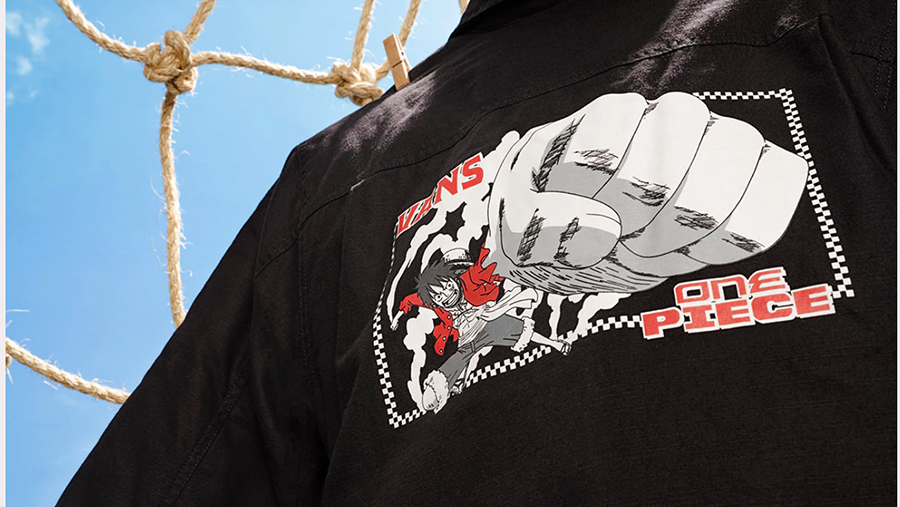S&P added, “A weakened consumer demand macro-backdrop will lead to promotional pricing in the coming months that will also negatively affect profitability. Lastly, a turnaround effort of its largest brand, Vans, will now take longer than we previously forecasted.
S&P lowered its issuer credit rating to ‘BBB+’ from ‘A-‘ to reflect leverage above S&P’s prior expectations combined with the company’s acquisitive growth strategy, which has become somewhat less conservative. The outlook is negative. At the same time, S&P lowered all issue-level ratings on the company to ‘BBB+’ from ‘A-‘. Liquidity was revised to adequate from strong.
The negative outlook indicates that S&P could lower the ratings over the next 24 months if leverage does not improve to below 3x.
S&P said in its analysis, “VF Corp. ended the second fiscal quarter of 2023, ended September, with leverage in the mid-3x range (subject to final adjustments), and we now expect leverage to remain above 3x through the end of the fiscal year, with some improvement to 3x in fiscal 2024. We expect the company to manage leverage in the 2x-to-3x range over the long term compared to our previous 2x-to-2.5x range due to recent business developments and its acquisitive growth strategy. Given its capital allocation priorities, we believe there is risk the company could continue to pursue acquisitions, which could keep leverage elevated over a longer period. VF’s public financial policy is unchanged at net 2.5x leverage, but it will be over this target at least, through fiscal 2024.
“Leverage is primarily elevated due to debt incurred in connection with the unfavorable U.S. Tax Court decision regarding treatment of IP related to the Timberland acquisition, which the company is currently appealing. The Tax Court appeal process could take more than 18 months; however, the company is confident in its U.S. federal income tax position. The company is expected to owe $876 million in taxes and accrued interest from the underpayment. If VF wins the appeal, it will get a refund of the assessed tax, plus interest accrued on the overpayment, and credit metrics will improve faster than our current base case. However, the current weakening of consumer demand for discretionary products, retailer inventory realignment, and foreign exchange and inflationary headwinds have led to a downward revision of our base case forecast to 1.9 percent revenue growth from 5.8 percent, EBITDA margins of 18.1 percent from 19.1 percent and negative free operating cash flow of about $400 million from negative $20 million previously.
“Excess inventory will lead to steeper negative free operating cash flow the year.
“Inventory levels are elevated across the industry as product ordered last year when demand for apparel was higher is now getting to the U.S. In addition, and fall/holiday product for this year arrived early, as port congestion and container availability eased. Inventory is now arriving when demand for discretionary products, such as apparel and footwear, has declined, leading retailers to pause replenishment orders as they work down excess product. VF, like others, will be highly promotional this holiday season to reduce its inventory position, which is up 88 percent year-over-year (58 percent excluding in-transit), across its own and wholesale channels. The company is retaining core inventory that can be sold at full price when selling conditions improve. Given these dynamics and the tax payment, we now project cash flow from operations to be negative for the year, leading to negative free operating cash flow of about $400 million.
“Challenges at Vans will continue to hurt financial performance.
“Vans, the company’s largest brand, faced declines of 13 percent in the second quarter of 2023 amid a weak back-to-school season. This year’s back-to-school season coincided with a pullback in demand for discretionary products favored during the pandemic when demand was likely pulled forward. Vans is now expected to decline for the full year in the mid-single-digit range before returning to mid-single-digit growth over the next few years. The competitive landscape for Vans has broadened, with new entrants and legacy brands expanding into additional footwear occasions and innovating into new silhouettes such as slip-on sneakers. New brand management at Vans will focus on classic shoe products, re-think brand collaborations and become more regional in product assortment and distribution channels. The company will also seek to diversify its customers in China outside of Tmall, China’s largest online seller. We believe the execution and success of this plan remains to be seen, but the new management at Vans and this restored focus, combined with innovation, should be able to return the brand to growth. However, Vans’ performance also contributes to our base-case revision and expectations for weaker credit metric for 2023 and 2024.
“The negative outlook indicates that we could lower the ratings over the next 24 months if leverage does not improve to below 3x.”
VF’s brands include Vans, The North Face, Timberland, Dickies, and Supreme.
Photo courtesy VF Corp./Vans
















